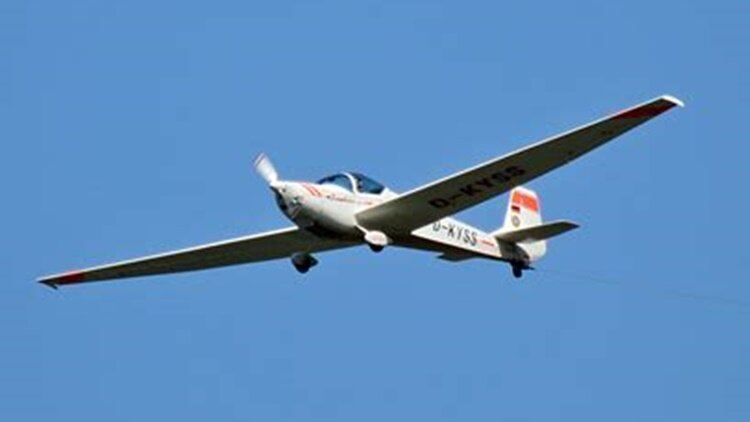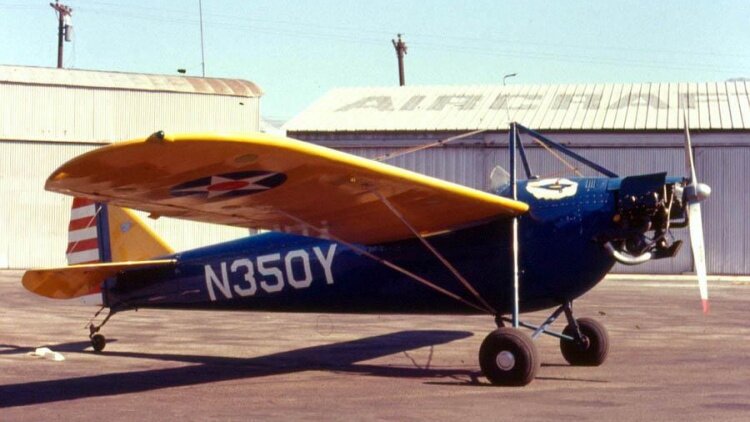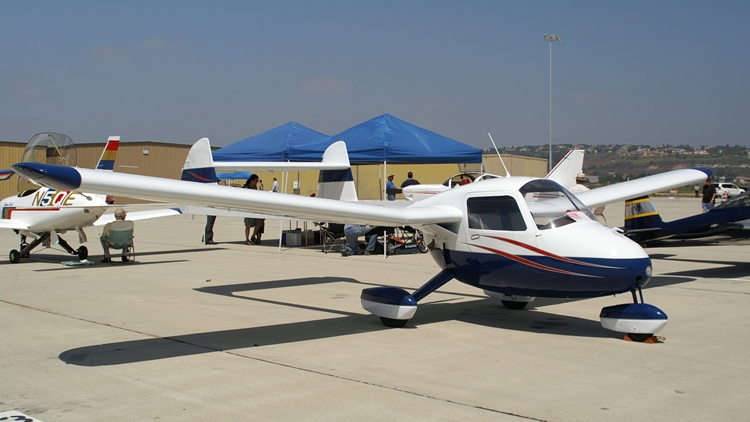Leaderboard
-
in Aircraft
- All areas
- Videos
- Video Comments
- Video Reviews
- Quizzes
- Quiz Comments
- Marker
- Marker Comments
- Books
- Bookshelves Comments
- Bookshelves Reviews
- Bookshelves
- Movies
- Movie Comments
- Movie Reviews
- Aircraft
- Aircraft Comments
- Resources
- Resource Comments
- Tutorials
- Tutorial Comments
- Articles
- Article Comments
- Classifieds
- Classified Comments
- Events
- Event Comments
- Blog Entries
- Blog Comments
- Files
- File Comments
- File Reviews
- Images
- Image Comments
- Albums
- Album Comments
- Topics
- Posts
- Status Updates
- Status Replies
-
Month
-
All time
January 7 2011 - November 30 2025
-
Year
November 30 2024 - November 30 2025
-
Month
October 30 2025 - November 30 2025
-
Week
November 23 2025 - November 30 2025
-
Today
November 30 2025
- Custom Date
-
All time
Popular Content
Showing content with the highest reputation since 30/10/25 in Aircraft
-
The M&D Flugzeugbau AVo 68 Samburo is a two-seat motor glider, first designed and manufactured in Austria. The aircraft is of typical motorglider configuration, with a tractor propeller and long, tapering wings. As originally designed, it also had a sailplane-like undercarriage consisting of a single mainwheel and a steerable tailwheel; however, later versions have a fixed taildragger undercarriage with two spatted mainwheels. The pilot and passenger sit side by side. With numerous design changes - including modern Rotax engines, state-of-the-art avionics, and aerotow capabilities, it is still in production by the M&D Flugzeugbau company in Germany. Variants AVo 60 Samburo The initial prototype powered by a 60 PS (44 kW) Limbach engine. AVo 68 Samburo Production aircraft powered by 68 PS (50 kW) Limbach engines.1 point
-
The Buhl LA-1 Bull Pup was a light sports airplane developed in the United States in 1930. It was a mid-wing wire-braced monoplane with fixed tailskid undercarriage and an open cockpit for the pilot. Buhl developed the Bull Pup as a cheap aircraft through which the company hoped to remain in business as the onset of the Great Depression was felt. However, as the economic situation worsened, it became evident that there was no demand for even such a basic aircraft; when production ceased in 1932, all aircraft still in stock were sold off at half price as the company folded. Approximately 100 units were completed. Variants LA-1 Bull Pup LA-1A Bull Pup – version for competition flying with 28 ft wingspan LA-1B Bull Pup – version for high-altitude flying with 32 ft wingspan LA-1S Bull Pup – floatplane version1 point
-
The Anderson Greenwood AND-51-A (AG-14) is a two-seat utility aircraft developed in the United States shortly after World War II. It is an all-metal, shoulder-wing monoplane of pod-and-boom configuration, equipped with a pusher propeller, side-by-side seating and fixed tricycle undercarriage. Anderson Greenwood's sole aircraft design was actually a collaborative effort of three engineers: Ben Anderson, Marvin Greenwood & Lomis Slaughter Jr. The name of the last member of the design team was not included in the product name as it was thought it would not boost sales. The prototype first flew in October 1947, but plans to mass-produce the aircraft were interrupted by the Korean War. Eventually, only five more examples were built before Anderson Greenwood abandoned the project in favor of producing aircraft components for other manufacturers. There are still 3 active aircraft on the American register. The aircraft's design placed the wing behind the cabin and allowed easy entry via automobile-like doors on each side of the cabin. The propeller is well protected and provides safety on the ground in comparison to tractor configuration aircraft. The airfoil employed is a NACA 4418 giving high lift and a stable stall characteristics. The flaps are two-position and mechanically operated by a flap handle on the cabin floor between the seats. The engine starter is foot-actuated and the nose-wheel steering is connected to the control wheel. A unique feature of the aircraft is that the rudder is only on the left fin. The photo below shows the right fin as a fixed unit. The aircraft was certified on 20 September 1950 in the normal category. The certification includes a prohibition on aerobatics and spins. One reviewer termed it as “positively spin resistant.”1 point




